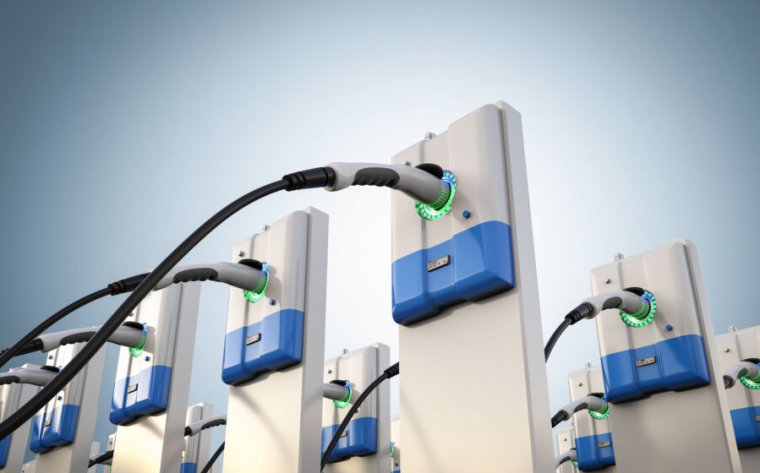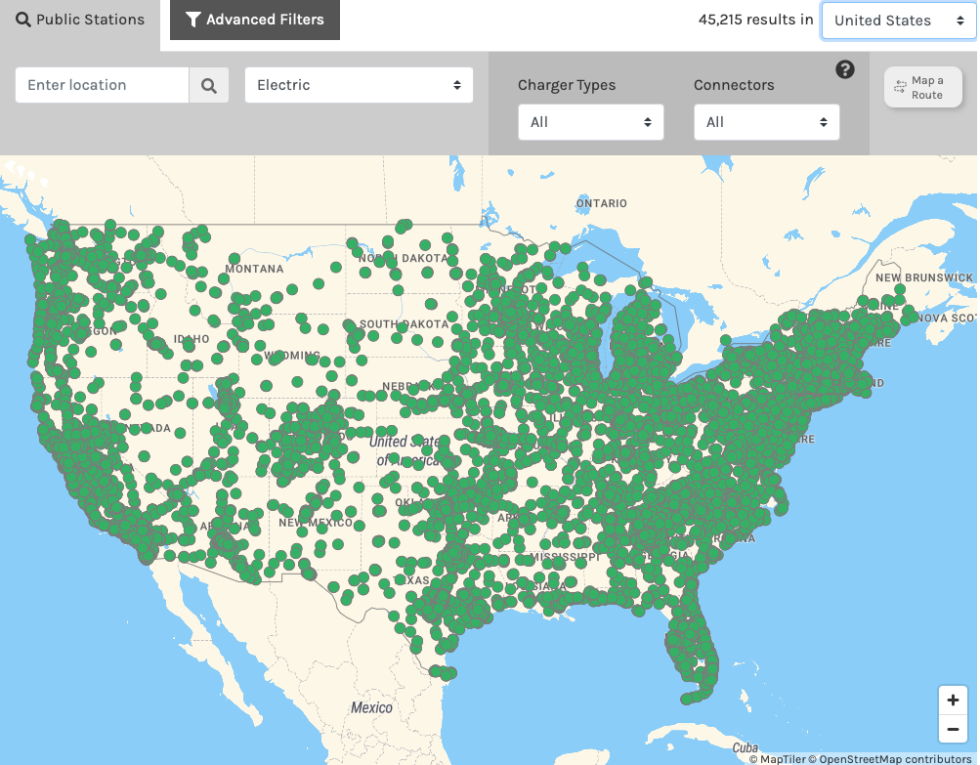US charging infrastructure is outpacing forecasts, study finds

Enlarge / The state of US charging infrastructure might seem dire, depending on where you live. (credit: Getty Images)
The United States passed an important electric vehicle milestone earlier this year. At some point during the first three months of 2021, the country installed its 100,000th EV charger. That's according to the US Department of Energy's Alternative Fueling Station Locator, an extremely helpful resource that tracks "ethanol (E85), biodiesel, compressed natural gas, electric vehicle (EV) charging, hydrogen, liquefied natural gas, and propane stations."
That milestone coincided nicely with a call from President Joe Biden to build out more EV charging infrastructure. In March of this year, the Biden administration set a goal of reaching 500,000 publicly accessible EV chargers by the year 2030. (This preceded an August announcement from the White House that set a lukewarm target of half of all new cars and trucks being zero-emissions, also by 2030.)

If you're considering adopting an EV, then you can use this helpful online tool at the Department of Energy to see where all the chargers are. (credit: US Department of Energy)
Of course, the actual composition of those chargers is important. It's no good having half a million places to plug in if they're all level 1 (120 V AC) chargers that take days to top up a battery EV. But a new report from the National Renewable Energy Laboratory has dug into the data, looking at trends to see whether the nation is on track to meet its goals.
Read 8 remaining paragraphs | Comments
source https://arstechnica.com/?p=1809610